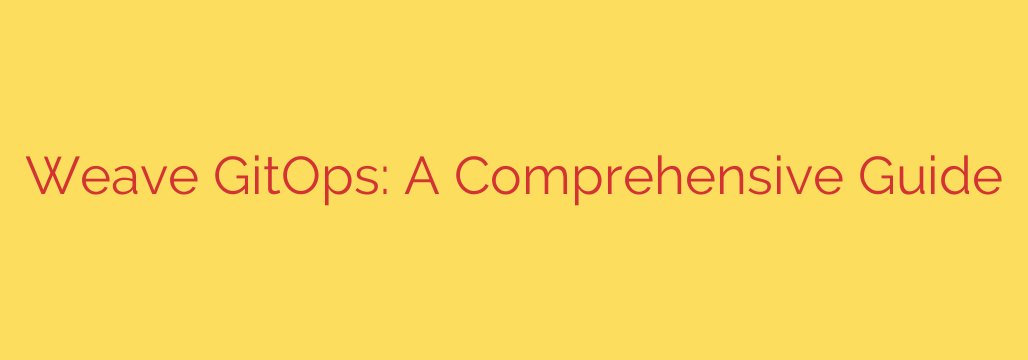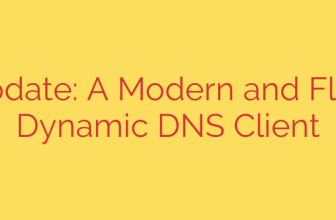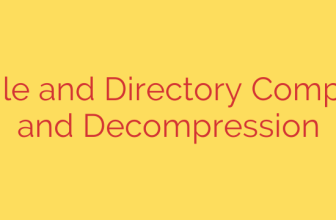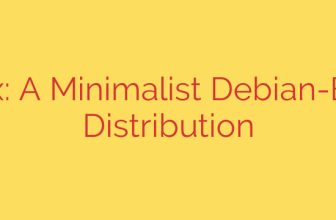
Weave GitOps Explained: A Deep Dive into Kubernetes Continuous Delivery
Managing applications in Kubernetes can quickly become complex. As environments scale, maintaining consistency, ensuring security, and enabling rapid deployments become significant challenges. The solution lies in a modern, declarative approach to continuous delivery known as GitOps, and Weave GitOps stands out as a powerful platform designed to master this process.
This guide explores what Weave GitOps is, its core features, and how it can transform your Kubernetes workflow from a complex chore into a streamlined, automated, and secure operation.
First, What is GitOps? A Quick Refresher
Before diving into the specifics of Weave GitOps, it’s essential to understand the principles it’s built upon. GitOps is an operational framework that uses Git as the single source of truth for declarative infrastructure and applications. Instead of running manual kubectl commands or complex scripts, you define the desired state of your entire system in a Git repository.
The core principles of GitOps are:
- Declarative: The entire system state is described declaratively in a Git repository.
- Versioned and Immutable: Git serves as the source of truth, providing a complete, version-controlled history of all changes.
- Automatically Pulled: Agents automatically pull the desired state from Git and apply it to the cluster.
- Continuously Reconciled: Software agents constantly observe the system to ensure the actual state matches the desired state declared in Git.
This model provides unparalleled auditability, simplifies rollbacks, and enhances both security and developer productivity.
Introducing Weave GitOps: The Enterprise-Grade GitOps Platform
Weave GitOps is a comprehensive continuous delivery platform that operationalizes the GitOps methodology for any Kubernetes environment. At its heart, Weave GitOps is powered by Flux CD, a popular and robust CNCF graduated project. Flux is the reconciliation engine that automates the deployment of applications and configurations from Git to your clusters.
However, Weave GitOps builds upon Flux by adding a rich set of features, including a powerful user interface, security policy enforcement, and advanced deployment strategies. It provides a centralized control plane to manage the entire application lifecycle, from development to production, across one or many clusters.
Core Features That Set Weave GitOps Apart
Weave GitOps isn’t just a dashboard for Flux; it’s a full-featured platform designed to solve real-world operational challenges.
1. Progressive Delivery and Advanced Deployments
One of the standout features is its native support for progressive delivery. Manually configuring canary releases, A/B testing, or blue-green deployments in Kubernetes can be incredibly complex. Weave GitOps automates this by integrating with tools like Flagger.
This allows you to safely roll out new versions to a small subset of users, monitor key performance indicators (like error rates and latency), and automatically promote or roll back the release based on its performance. This dramatically reduces the risk of production failures.
2. Complete Application Lifecycle Management
The platform provides a clear, intuitive UI where teams can view, manage, and debug their applications. You can easily see which version of an application is running, where it’s deployed, and its current health status. This unified view bridges the gap between development and operations, providing a common ground for understanding application state without needing deep Kubernetes expertise.
3. Integrated Security and Compliance
Security is a cornerstone of the Weave GitOps platform. It integrates policy-as-code to enforce security and compliance rules before code is ever deployed. Key security features include:
- Policy Enforcement: Define and enforce organizational policies (e.g., disallowing containers running as root or from untrusted registries).
- Vulnerability Scanning: Automatically scan container images for known vulnerabilities.
- Immutable Audit Trail: Since every change is a Git commit, you have a tamper-proof audit log detailing who changed what, when, and why.
4. Enterprise-Grade Observability
You can’t manage what you can’t see. Weave GitOps offers deep observability into your entire continuous delivery pipeline. The dashboard visualizes the reconciliation process, highlighting sync errors, health issues, and drift between your Git repository and the live cluster state. This proactive monitoring helps teams identify and resolve issues before they impact end-users.
Key Benefits of Adopting Weave GitOps
Implementing Weave GitOps delivers tangible benefits across your organization:
- Increased Deployment Velocity: Automating the path to production allows teams to release features faster and more frequently.
- Enhanced System Reliability: With automated reconciliation and easy rollbacks via Git, you can quickly recover from failed deployments and minimize downtime.
- Improved Developer Experience: Developers can focus on writing code. They simply push their application manifests to Git, and the platform handles the rest of the deployment process.
- Stronger Security Posture: By shifting security left and embedding policy checks into the pipeline, you create a more secure and compliant delivery process by default.
Actionable Security Tips for Your GitOps Workflow
To maximize the security benefits of Weave GitOps, follow these best practices:
- Protect Your Main Branch: Enforce pull request (PR) reviews for your main branch in Git. Never allow direct pushes. This ensures every change is peer-reviewed before it becomes the source of truth.
- Implement Least Privilege (RBAC): Configure Kubernetes Role-Based Access Control (RBAC) to grant the Flux controller only the permissions it needs to operate. Similarly, limit which team members have merge access in Git.
- Sign Your Commits: Use GPG keys to sign Git commits. This adds another layer of security by verifying the author’s identity and ensuring the commit hasn’t been tampered with.
- Scan Manifests Pre-Merge: Integrate static analysis tools (like KubeLinter or Checkov) into your CI process to scan Kubernetes manifests for misconfigurations before the PR is merged.
By combining the power of Weave GitOps with these security practices, you can build a highly resilient, secure, and efficient continuous delivery pipeline for your cloud-native applications.
Source: https://centlinux.com/weave-gitops/








